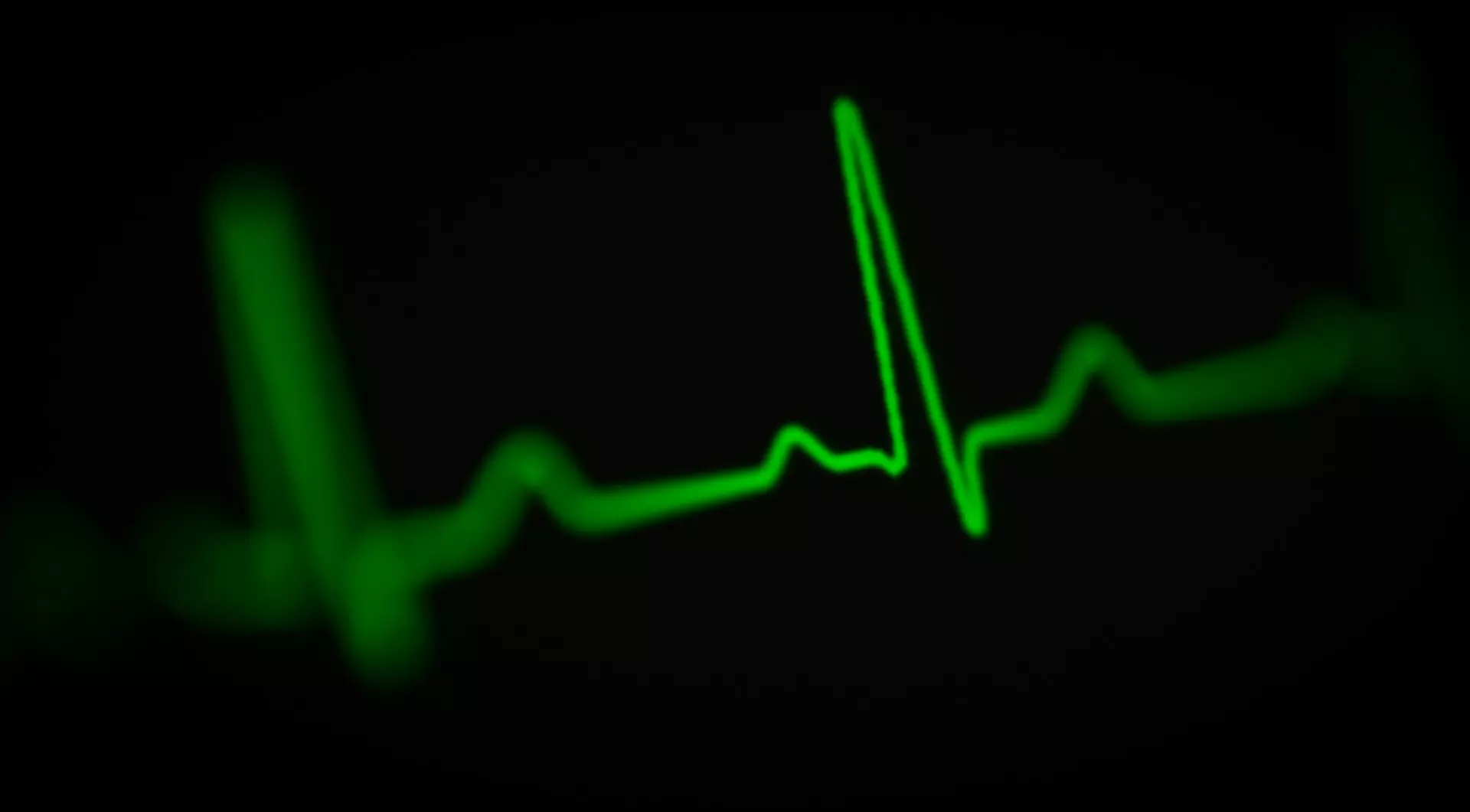What is Pacemaker Implantation? Costs, Benefits, and Treatment Abroad

Over 3 million people around the world live with a pacemaker, and every year, approximately 600,000 pacemakers are implanted to help regulate heart rhythms. If you’ve been recommended for a pacemaker, you probably have a lot of questions about what to expect.
In this blog, we’ll break down how pacemakers work, the steps involved in implantation, and what recovery looks like. Let’s jump in!
What is pacemaker implantation?
Pacemaker implantation is a procedure where a small device, called a pacemaker, is placed under your skin to help regulate your heartbeat. If your heart beats too slowly or irregularly, a pacemaker makes sure it stays at a normal, healthy rhythm.
What is a pacemaker?
A pacemaker is a small device that helps control your heart rate. It’s powered by a battery and sends tiny electrical signals to your heart if it starts beating too slowly or irregularly. This keeps your heart working efficiently so that your body gets the oxygen-rich blood it needs.
A pacemaker has two main parts:
-
Pulse generator – This is the main unit that holds the battery and a tiny computer that controls your heartbeat.
-
Leads (Wires) – These thin wires connect the pacemaker to your heart and send electrical signals when needed.
In some cases, a similar device called an implantable cardioverter defibrillator (ICD) may be recommended instead. An ICD not only regulates slow heartbeats like a pacemaker but can also deliver a shock to correct dangerously fast heart rhythms. This can help prevent serious heart problems like sudden cardiac arrest.
Types of pacemakers
Based on your specific condition, your doctor might recommend one of these types of pacemakers:
-
Single-chamber pacemaker: Sends electrical signals to just one chamber of your heart, usually the right ventricle.
-
Dual-chamber pacemaker: Helps coordinate the rhythm between the right atrium and the right ventricle for a more natural heartbeat.
-
Biventricular pacemaker (CRT): Used for certain heart failure patients to improve heart function by syncing both lower chambers of the heart.
-
Leadless pacemaker: A newer, wireless pacemaker that is implanted directly inside the heart, reducing the need for leads.
Where is a pacemaker implanted?
A pacemaker is usually implanted just under the skin near your collarbone, either on the left or right side of your chest. Thin wires, called leads, connect the device to your heart, allowing it to send electrical signals and keep your heartbeat normal.
Why is pacemaker implantation done?
Your heart has its own electrical system that controls your heartbeat and keeps blood flowing through your body. It all starts with the sinus node, a small area in the upper right chamber of the heart. Think of the sinus node as your heart’s built-in pacemaker—it sends electrical signals to start each heartbeat.
These signals then travel to another area called the atrioventricular (AV) node, which acts like a relay station. It slows the signal down slightly before passing it to the lower chambers (ventricles), making sure the heart beats in a smooth, coordinated way.
However, sometimes this system doesn’t work properly due to aging, heart disease, or other conditions. When that happens, your heart may beat too slowly or irregularly, affecting how well it pumps blood. A pacemaker steps in to keep your heart beating at a steady, healthy rhythm.
What heart conditions require a pacemaker implant?
A pacemaker may be recommended for certain heart rhythm problems, such as:
-
Bradycardia, where a slow heartbeat reduces blood flow, causing dizziness or fainting.
-
Heart block, when electrical signals don’t reach the lower chambers properly.
-
Atrial fibrillation (AFib), an abnormal heart rhythm
-
Heart failure, where a special pacemaker called cardiac resynchronization therapy (CRT) helps the heart’s chambers beat in sync for better pumping.
-
Sinus node dysfunction, when the heart’s natural pacemaker doesn’t send signals correctly, leading to slow or irregular beats.
Signs you might need a pacemaker
Your body often gives clues when your heart isn’t functioning correctly. If you experience any of the following symptoms regularly, it may be time to talk to your doctor:
-
Frequent dizziness or lightheadedness
-
Unexplained fainting spells or near-fainting episodes
-
Constant fatigue, even after resting
-
Shortness of breath, even with mild activity
-
Chest discomfort or palpitations (feeling like your heart is skipping beats)
If you notice these symptoms, don’t ignore them and talk to your doctor immediately.
What happens during a pacemaker implantation?
Pacemaker implantation is a relatively quick procedure that usually takes about 45 minutes to an hour. Although it’s a minor surgery, knowing what happens can make you feel more at ease.
Before the procedure
Your doctor will do a few tests, like an ECG, echocardiogram, or Holter monitor, to check how your heart is working. If you take certain medications, especially blood thinners, you may need to stop or adjust them before the procedure.
During the procedure
You’ll get local anesthesia to numb the area near your collarbone, so you’ll be awake but won’t feel pain. The doctor will make a small cut and carefully guide thin wires (leads) through your blood vessels into your heart. Then, they will connect the pacemaker to these wires and place it under your skin.
After the procedure
Before closing the incision, the doctor will test the pacemaker to make sure it’s working correctly. After the procedure, you’ll be monitored for a little while before being sent home.
Looking for expert guidance on pacemaker implantation? Let QCG connect you with trusted healthcare providers for a seamless experience.
How long does it take to recover from pacemaker surgery?
Recovery from pacemaker surgery usually takes a few weeks. After the procedure, most people stay in the hospital for at least one night so doctors can monitor them. You may experience some mild discomfort or soreness around the incision site during the first 48 hours, which is completely normal.
Once the initial recovery period passes, you can gradually return to light activities within a few days. However, it’s important to avoid heavy lifting or intense exercise for around 4–6 weeks to give your body time to heal. Make sure to follow your doctor’s advice on when it’s safe to resume activities like driving.
How long does a pacemaker last?
A pacemaker usually lasts between 5 to 15 years, depending on the type and how frequently it's used. Over time, the battery in the pacemaker will start to lose power. When that happens, the pacemaker will need to be replaced. The replacement procedure is easier and quicker than the original implant surgery.
What is the life expectancy of a person with a pacemaker?
The life expectancy of someone with a pacemaker depends on factors like their age, overall health, and the specific heart condition being treated. Many people with pacemakers live long, healthy lives, especially when they follow their doctor's advice for care and regular check-ups. The pacemaker helps regulate the heart's rhythm, which can improve overall heart health and quality of life.
What are the side effects of having a pacemaker?
Although pacemakers are generally safe and effective, there can be some temporary side effects, particularly right after the implantation. Some common side effects include:
-
Mild pain or swelling at the incision site, which usually goes away after a few days
-
Dizziness or feeling lightheaded, often while your body adjusts to the pacemaker
-
Mild swelling or redness near the implant, which could indicate a small irritation
-
Possible interference with certain electrical devices, like home appliances or medical equipment, though newer pacemakers are designed to be less sensitive to these
Serious issues are uncommon, but in rare cases, you might experience:
-
Lung puncture (pneumothorax), which can cause breathing difficulties
-
Lead displacement, where the pacemaker wires shift and need adjustment
-
Device problems, which may require reprogramming or, in rare cases, replacement
Doctors take every precaution to reduce these risks, and most people recover without complications. If any concerns arise, your healthcare team will be there to guide you through recovery.
Signs of pacemaker malfunction
If you have a pacemaker and notice any of the following, it’s important to get medical attention as soon as possible:
-
Ongoing dizziness or fainting
-
Sudden chest pain or shortness of breath
-
Unexplained swelling, redness, or pain around the pacemaker site
-
Rapid or irregular heartbeats
-
A beeping sound or alert from your pacemaker (if it has this feature)
These symptoms could indicate a problem with your pacemaker, so don’t hesitate to reach out to your doctor. Prompt action can help avoid more serious complications.
Is a pacemaker permanent?
A pacemaker is a long-term solution but not necessarily permanent. The device itself will need to be replaced over time as the battery runs out or if the leads experience wear and tear. However, most patients will require a pacemaker for life.
Can you live a normal life after a pacemaker?
Yes! Most people with a pacemaker can lead full, active lives. You may need to take some precautions, such as avoiding strong electromagnetic fields and keeping up with regular medical check-ups. But overall, a pacemaker should improve your quality of life.
How much does pacemaker implantation cost?
The cost of a pacemaker can vary a lot depending on where you get it, the type of device, and your insurance coverage.
In the U.S., the procedure usually costs between $20,000 and $50,000, but the price can be higher if the surgery is more complex or requires extra treatments. In some countries, like India or Thailand, pacemaker implantation is much more affordable, typically ranging from $3,000 to $10,000.
Pacemaker implantation abroad
Many people choose to get their pacemakers implanted abroad because the costs are usually much lower. Countries like India, Thailand, Mexico, and Turkey offer great quality care at a fraction of the price compared to Western countries. Many hospitals in these places are internationally accredited, and the doctors are highly skilled.
However, here are a few things you should consider if you’re thinking about going overseas for the procedure:
- Make sure the hospital has the right international accreditation
- Check the experience and qualifications of the cardiologist who will be performing the surgery.
- Make sure you have a plan for follow-up care once you’re back home to keep track of how your pacemaker is working.
Getting a pacemaker can greatly improve your heart health, so if you think you might need one, it’s important to seek medical advice as soon as possible. The sooner you take action, the better it will be for your long-term heart health.
Need assistance planning your pacemaker procedure overseas? Reach out to QCG for support with travel, treatment, and recovery every step of the way!

